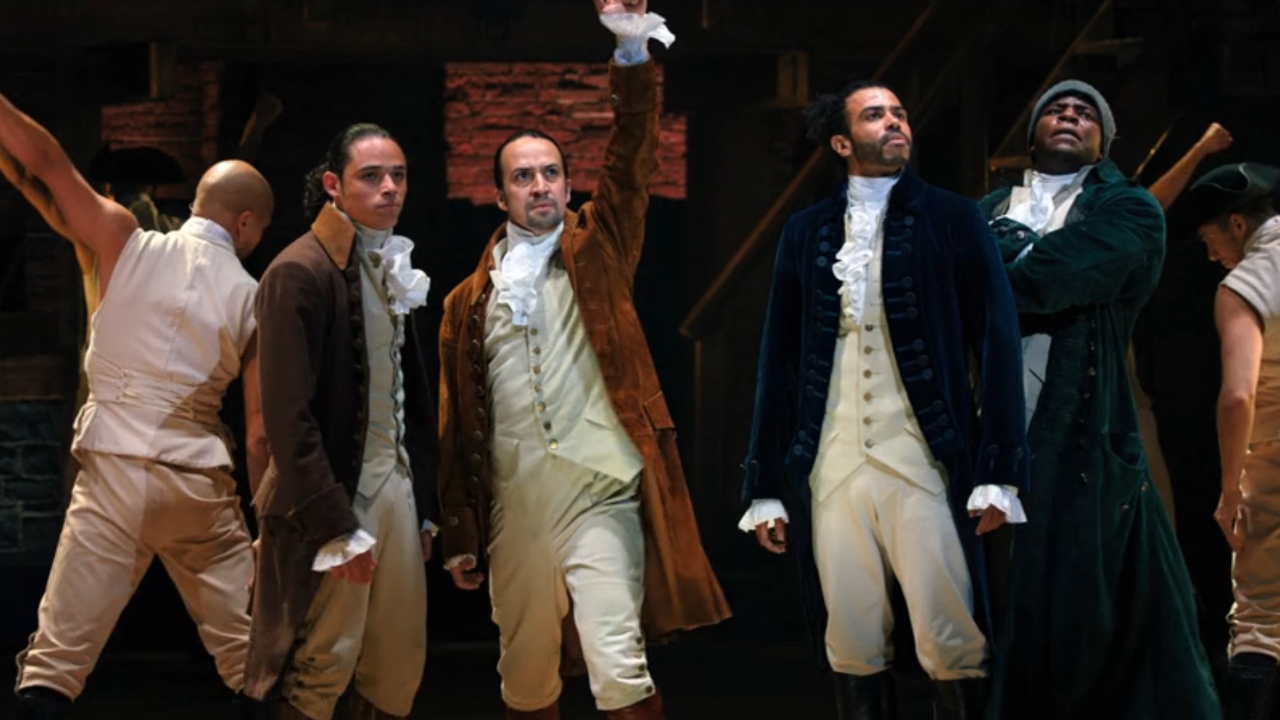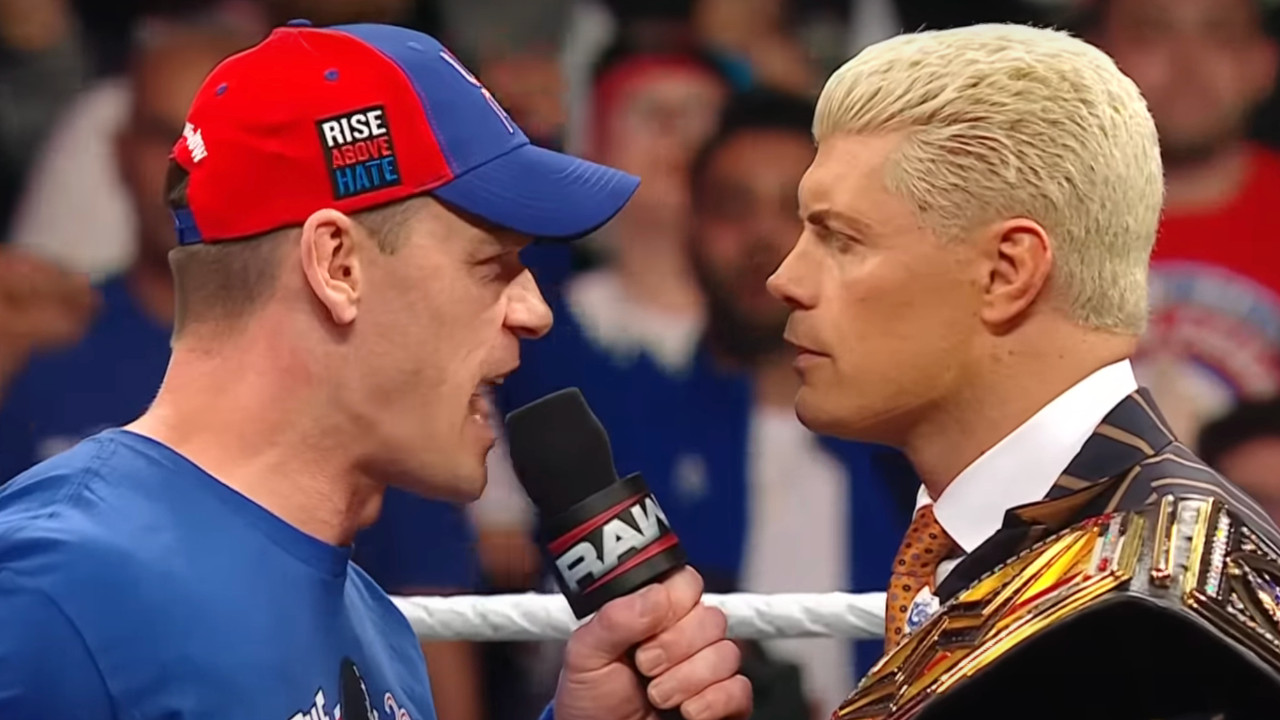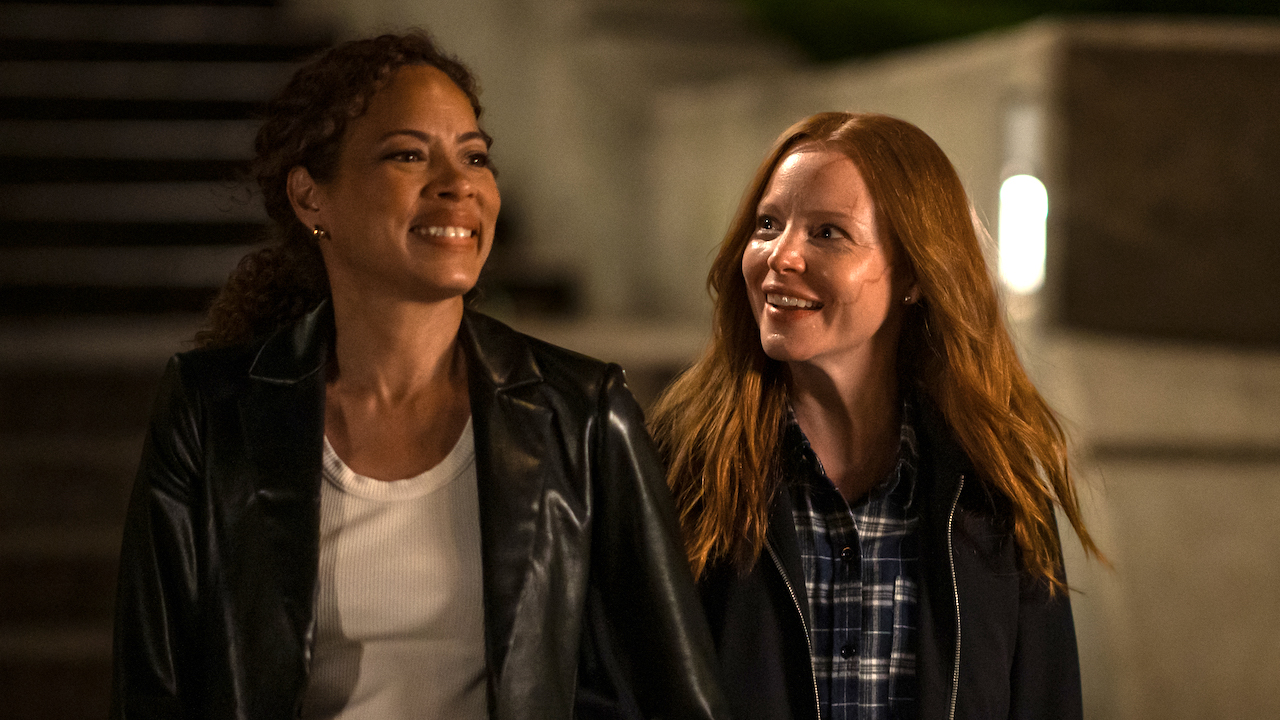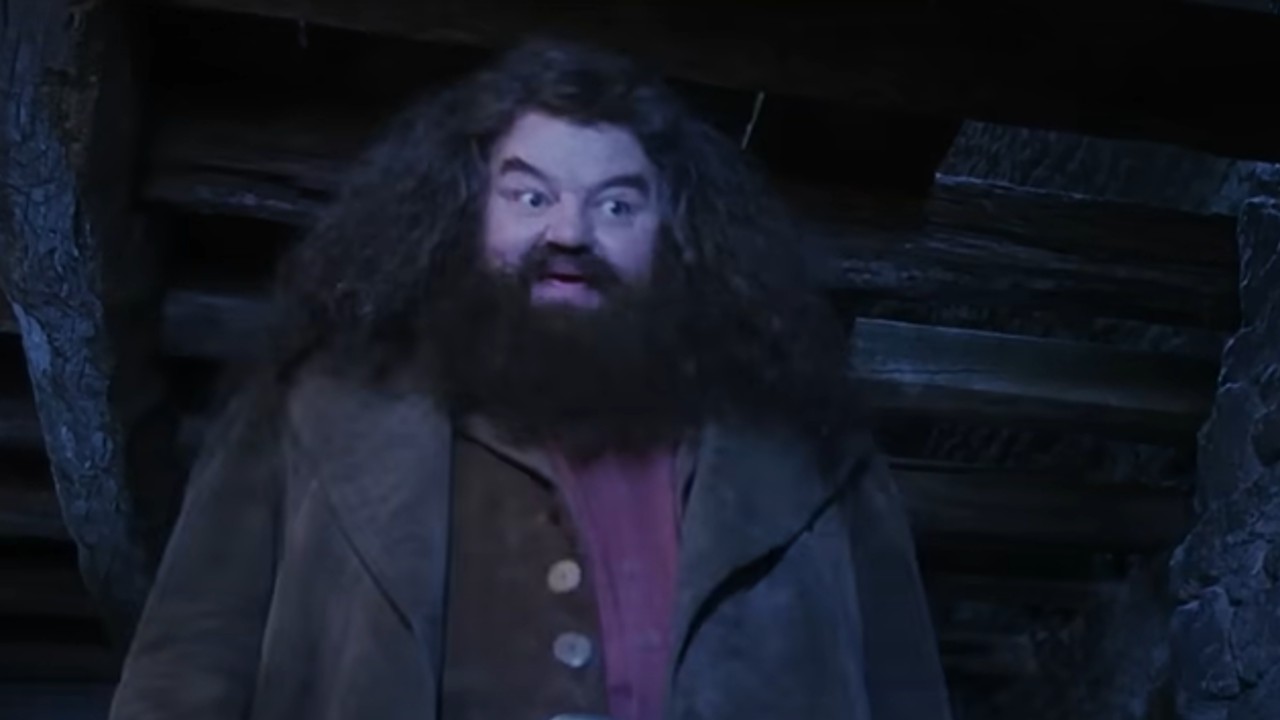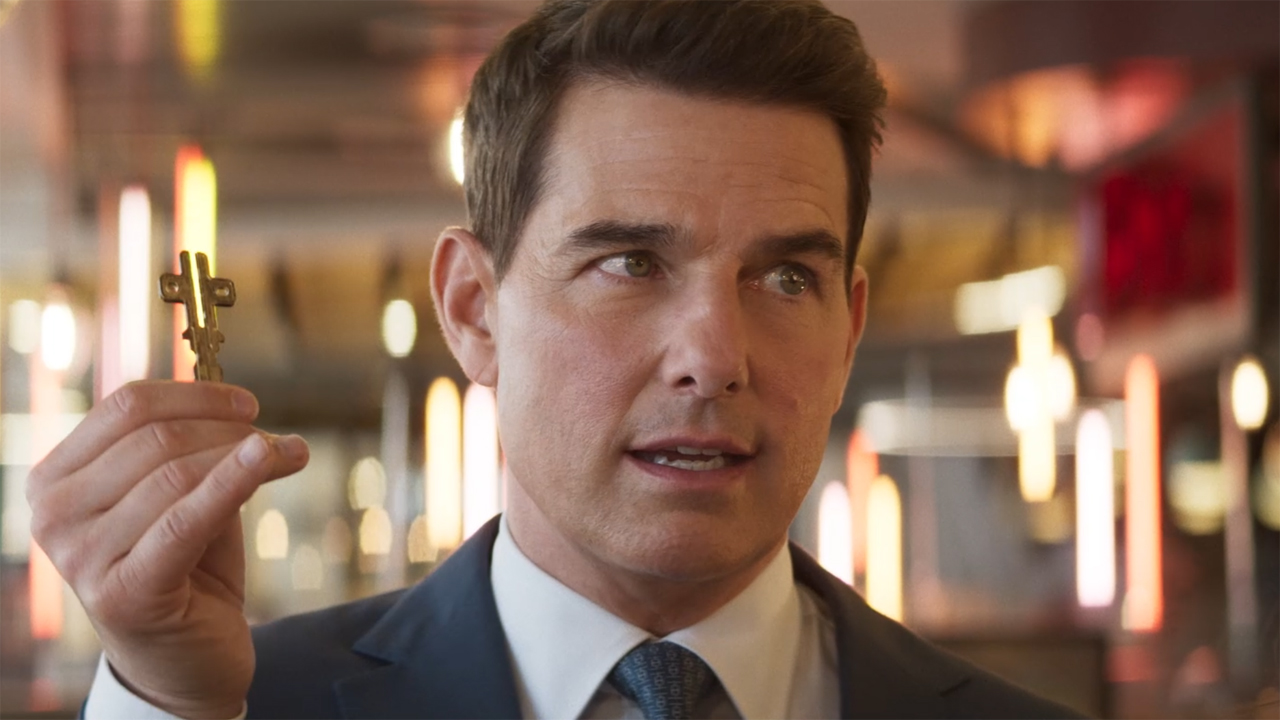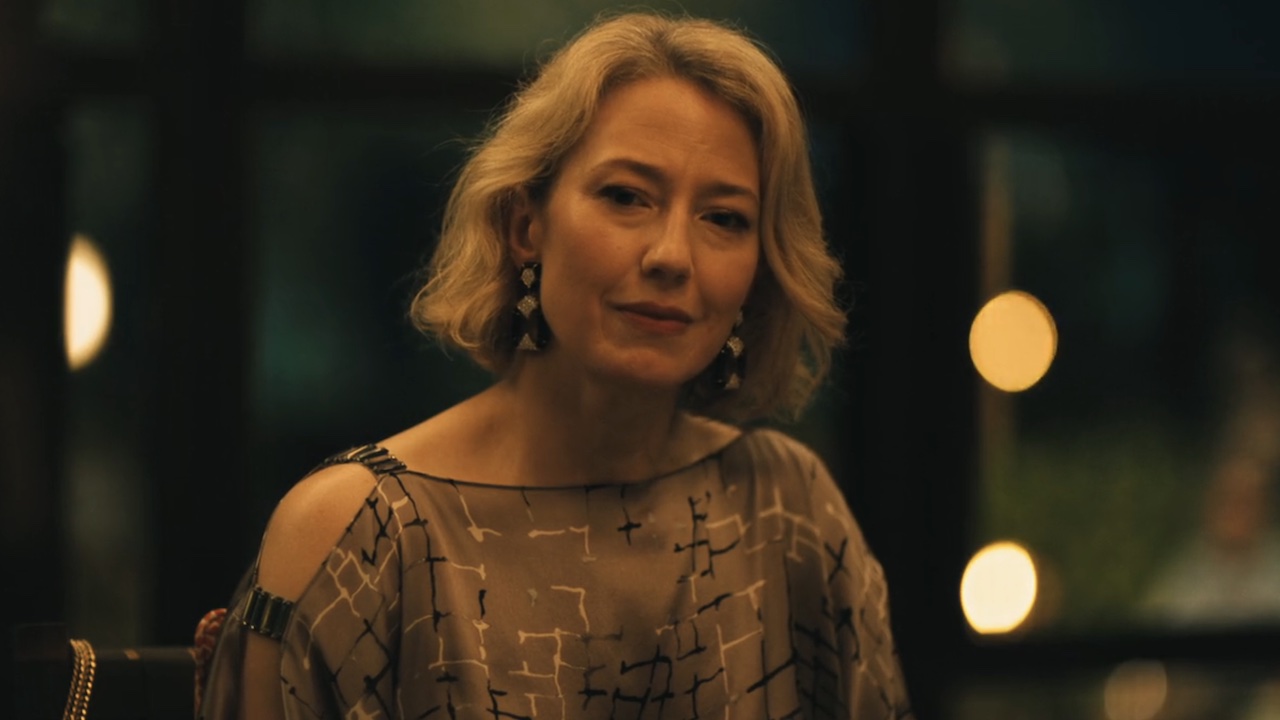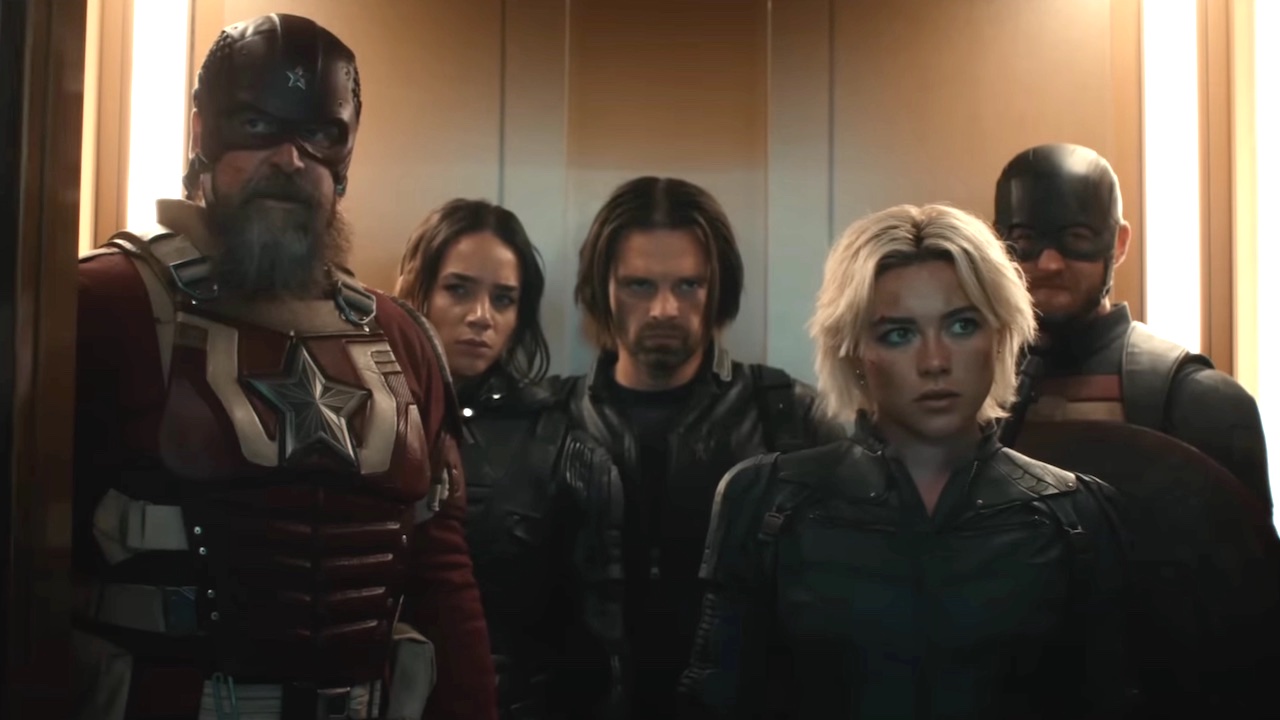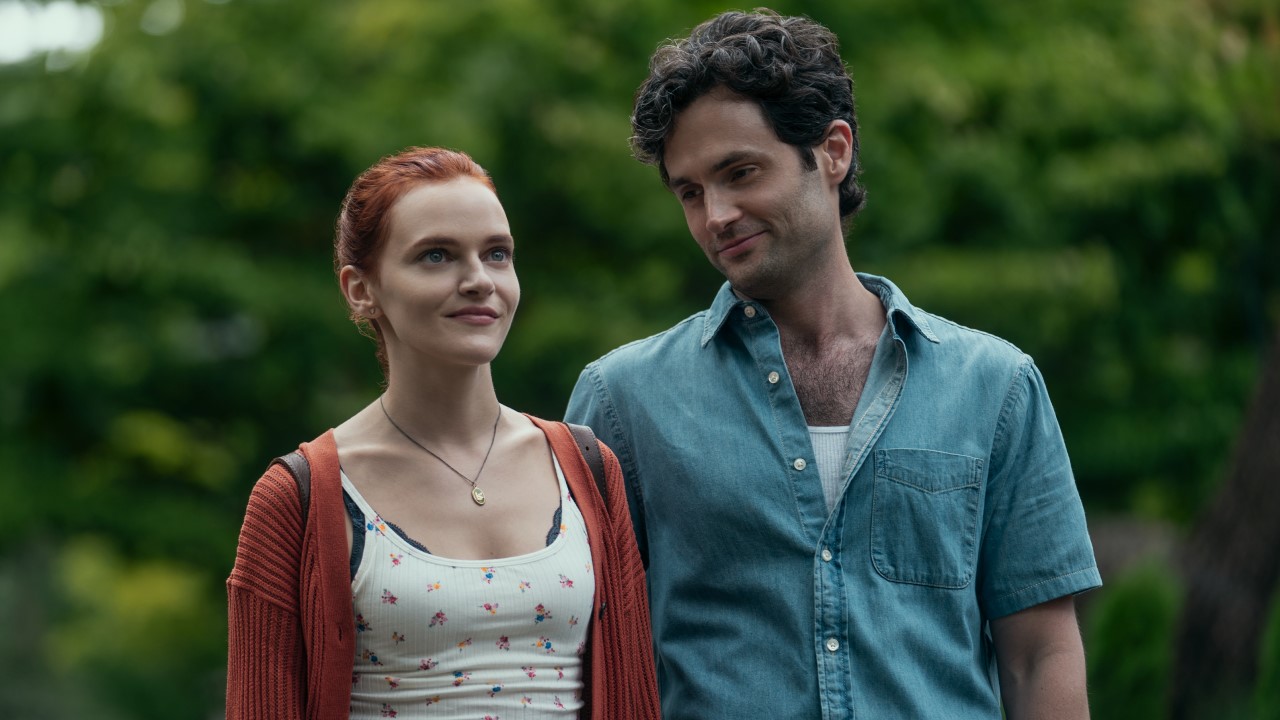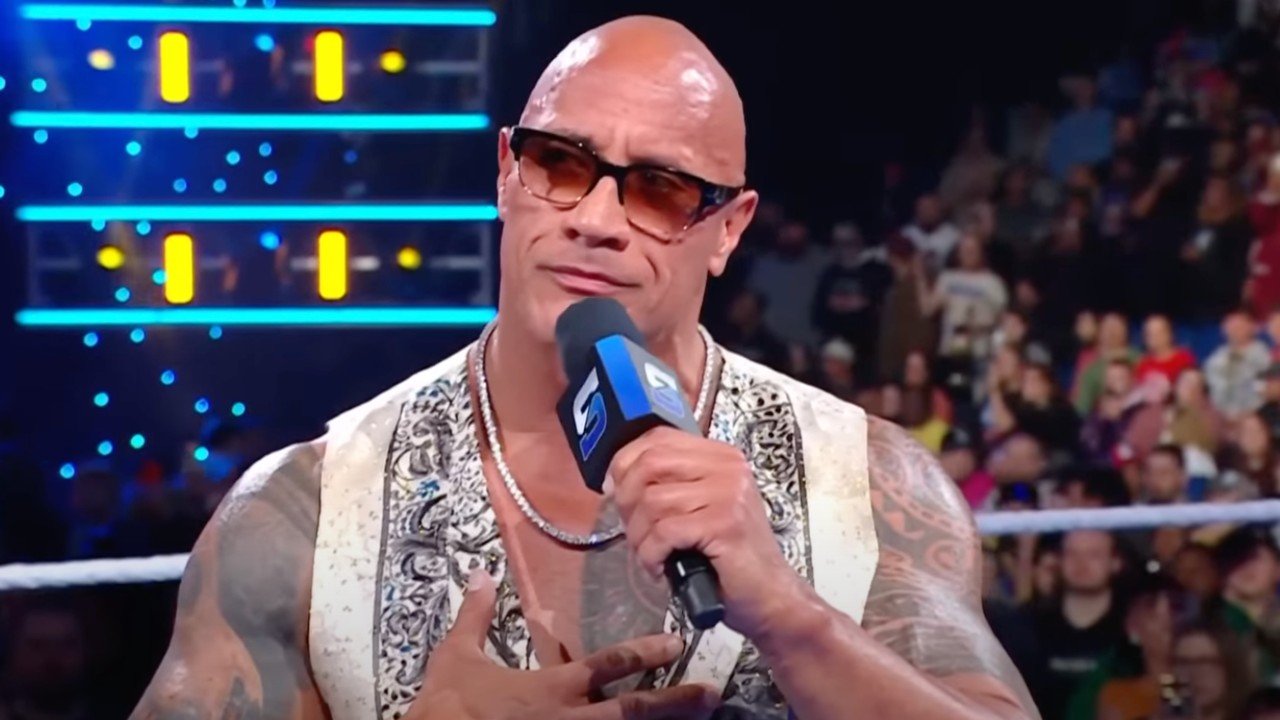Interview: Taking Woodstock's Liev Schreiber
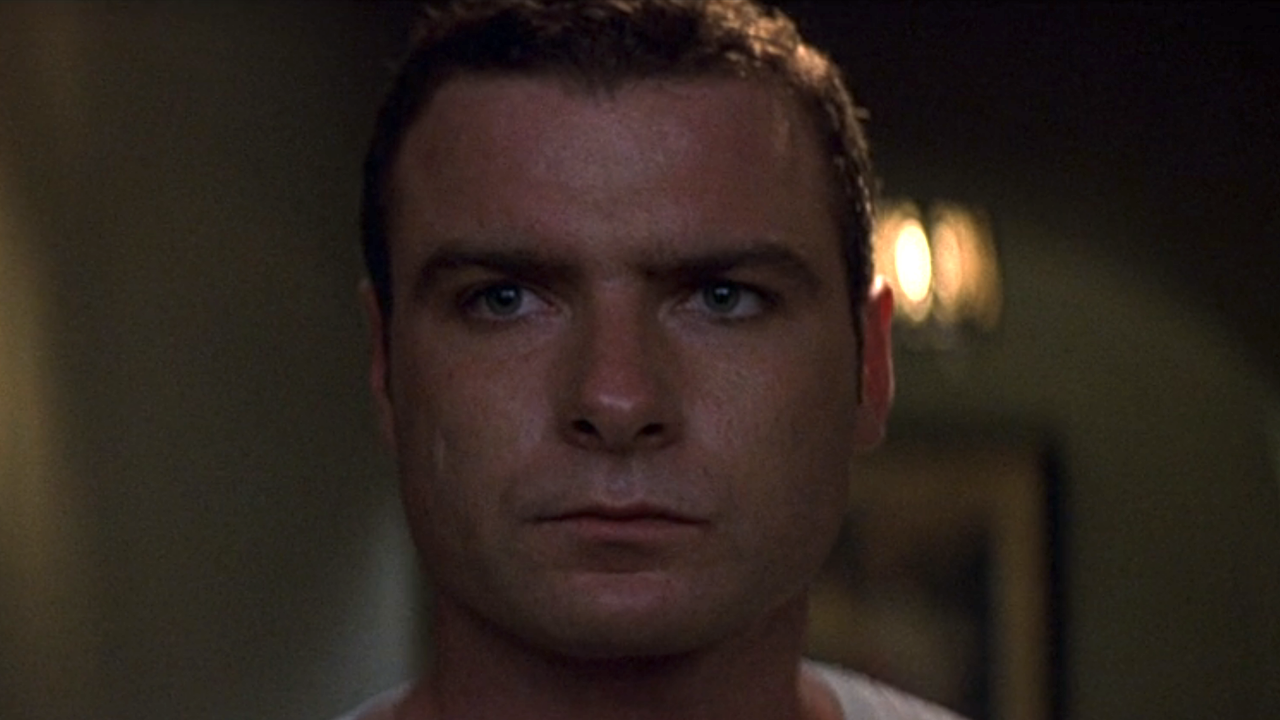
Liev Schreiber has a reputation as a serious actor. He's played Hamlet onstage, after all, and even in this summer's gloriously ridiculous Wolverine, he brought some depth to his role as Sabretooth. When he walks in for a roundtable interview he definitely doesn't seem like the brooding type, giving thoughtful and friendly answers even to a question about whether he'll be in a Wolverine sequel. But it's when we ask about the research he did to play the part of Vilma, the drag queen security guard in Taking Woodstock, and he gives a 10 minute answer that covers the entire history of drag queens in the 1960s, that that "serious actor" reputation really comes true.
In addition to drag queen history, and his mom's childhood friend named Silverbell, Schreiber talked about working with newcomer Demetri Martin, the spirit of camaraderie on Ang Lee's set, and how helpful it is to walk around in a corset. Read our full interview below. Taking Woodstock opens today, August 28.
How was working with Demetri Martin?
I thought he did great. He was under the misguided perception that, because I had done films before, that I would be able to help him somehow. It really was no more than saying, 'You have the incredible good fortune of making your first feature film with Ang Lee. So just relax, and go with it.' Film is such a bizarre vehicle for acting. It's such a bizarre experience. I don't think you ever really get familiar with it. If you do get familiar with it, you're probably not that good anymore.
There's a lot of attention to detail in the movie. Did you get that sense on the set as well?
Yeah, I think that's one of the things that really defines Ang as a director. He's a very careful observer, particularly in relation to period films, he's very good at that. In a lot of ways [the set] really mirrored the environment of Woodstock. That spirit of camaraderie and compassion really showed up on our set. People were taking care of each other. People knew who my character was, and they'd go "woo hoo!" when I walked by. If there was a problem on the set, it was like "Go Vilma!" because I was security.
If you were coming of age during the era, what would you have done at Woodstock?
CINEMABLEND NEWSLETTER
Your Daily Blend of Entertainment News
I wonder if I would have had the gumption to go up there. I certainly would have loved to have been there, I just don't know if I would have been able to get off the couch and sit in traffic for a day to get there. It's not like me. I'm a typically lazy person. It is sort of characteristic of actors. Maybe I just speak for myself but as self-consumed as they can be, and narcissistic and needy and all those cliches, most of them are more observers than they are participators. If iI had went it would have been to watch. I probably would have been very self-conscious.
What kind of research did you do to play Vilma?
I did a lot of research. I got down to my fitting, and [costume designer] Joe [Aulisi] showed me pictures of drag queens, circa 1950 drag queens. I just hated it. Doing drag can really run the risk of being cliche. Also the script felt like it ran the risk of being farcical and hokey. Playing a character with such extremes was begging a kind of comedy that I thought could potentially be pretty shallow.
I did some research into what was going on in terms of the sexual revolution that was happening in the 60s in the gay community and particularly in the drag world. Before the 60s, guys doing drag would dress like their mothers or iconic Hollywood actresses. In the 60s you started to see guys incorporating much more artistic and much more imaginative characterizations. I thought trying to bring some of that element to this would be a good idea.
Also, I didn't really see Vilma as a drag queen. I saw Vilma as a gay man who liked to wear women's clothing. It was a lifestyle choice, it wasn't a drag choice. My mother had a friend, a guy named Silverbell, when I was little kid, who lived like this. He was 60 years old and had long silver beard and long hair and he wore women's clothing-- he didn't wear a lot of dresses, but he wore a lot of long, flowy silk pants-- and he had a beard and big rings and he would wear eyeliner. It just was uncomfortable for a 6'2 man to wear high heels, so he would often wear sandals, but beautiful sandals. He wouldn't bother shaving his face, because it was too much of a pain in the ass. And for me that was something very real from my childhood that I thought was fascinating, in terms of playing a character that represents contradictions. And the endgame of that is delivering a message about acceptance to Elilott-- if Vilma is comfortable i his own skin, anybody should be.
There's an interesting physicality to the character, since you've very big and muscular, but there's a grace to it. How did you work that out?
I think Ang liked the contradiction of a muscular man who wants to be a woman, or wants to live as a woman. Anything that involved contradiction was good for Vilma. But, when you've got a guy that old who wants to live in that way, you've got to assume that he's had some experience, so he's got to be good at it to some extent. Or at least he's gotten to a place where he's comfortable with it. So yeah, you've got to practice. you've got to watch the way you move. I spent a few weeks in a corset. I think walking in corsets really helped. The other thing is also, you put on a dress and it really does affect how you move. You keep trying on clothes until something inspires some movement.
Staff Writer at CinemaBlend

